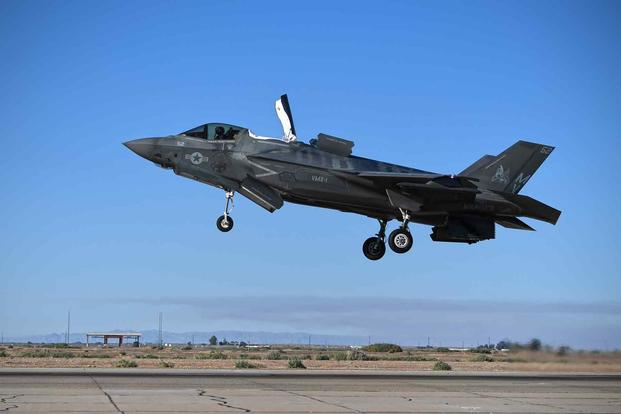
Key Points:
- An F-35B fighter jet crashed near Albuquerque International Sunport shortly after takeoff from Kirtland Air Force Base, injuring the pilot.
- The aircraft, a test jet with the latest Technology Refresh 2 upgrades, was en route to California when the incident occurred, raising questions about potential malfunctions.
- This crash marks another setback for the already troubled F-35 program, which has faced criticism over its cost, delays, and safety record.
F-35 Test Flight Ends in Fiery Crash
An F-35B Lightning II fighter jet, fresh off a technology upgrade and en route to California for further testing, crashed shortly after takeoff from Kirtland Air Force Base on Tuesday afternoon. The pilot, whose identity has not been released, managed to eject from the aircraft and is currently hospitalized in stable condition.
Dramatic Scene Unfolds Near Civilian Airport
At 1:48 p.m. local time, the F-35B fighter jet crashed. The incident occurred close to the Albuquerque International Sunport, specifically southwest of the Kirtland Air Force Base. The crash resulted in a significant fire, generating a large plume of smoke visible from a considerable distance.
Emergency response teams from Albuquerque Fire Rescue were immediately dispatched to the scene following numerous reports of a downed aircraft. Upon arrival, first responders confirmed the presence of a military aircraft engulfed in flames. While the incident occurred near a civilian airport, no injuries to civilian personnel were reported. Two civilians located near the crash site underwent medical evaluation as a precautionary measure; however, neither individual required hospitalization or further medical treatment.
Conflicting Reports and a $135 Million Question Mark
Lockheed Martin later clarified that the aircraft was indeed a U.S. government-owned and operated F-35B test jet, equipped with the latest Technology Refresh 2 (TR-2) upgrades. It was being transferred to Edwards Air Force Base in California for additional modifications when the incident occurred. The company has pledged full cooperation with the ensuing investigation.
Latest in a String of Mishaps for Troubled Program
This latest crash marks another setback for the F-35 program, plagued by cost overruns, production delays, and a concerning history of accidents. In December 2022, an F-35B crashed on the runway at Naval Air Station Joint Reserve Base Fort Worth during a vertical landing attempt, prompting a temporary grounding of some models and a pause in deliveries.
The repeated incidents have fueled criticism from some quarters about the jet’s safety record and overall viability, particularly given its staggering $135 million per-unit price tag. The investigation into the Albuquerque crash is expected to be lengthy and complex, with authorities focusing on mechanical failure and potential human error as contributing factors.
In the aftermath of the crash, the pilot’s health remains a major source of concern. Concurrently, a comprehensive investigation led by military authorities and Lockheed Martin will commence. The investigation will meticulously analyze the aircraft’s flight data recorders, maintenance records, and eyewitness accounts to determine the cause of the crash.
Given the jet’s advanced technology upgrades and its classification as a test aircraft, investigators will pay particularly close attention to any potential malfunctions related to the Technology Refresh 2 (TR-2) modifications. The results of this investigation will be crucial in determining future actions regarding the F-35 program, including potential grounding of aircraft, modifications to training protocols, or further delays in production and delivery. This incident will undoubtedly amplify existing concerns regarding the program’s cost, safety, and overall efficacy, potentially influencing future defense budget allocations and procurement decisions.
